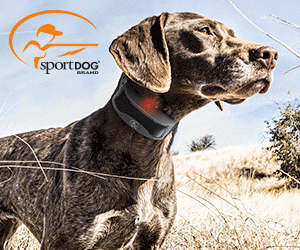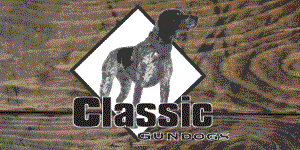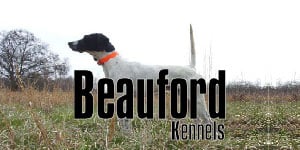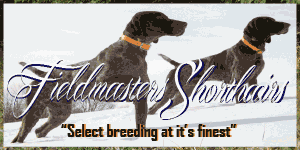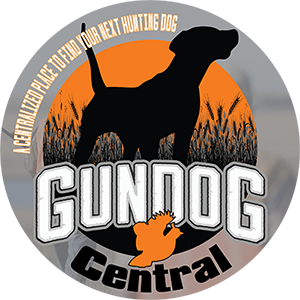Hanover Hound
Hanover Hound's for Sale| Hanover Hound Kennels & Breeders | Hanover Hound Photos
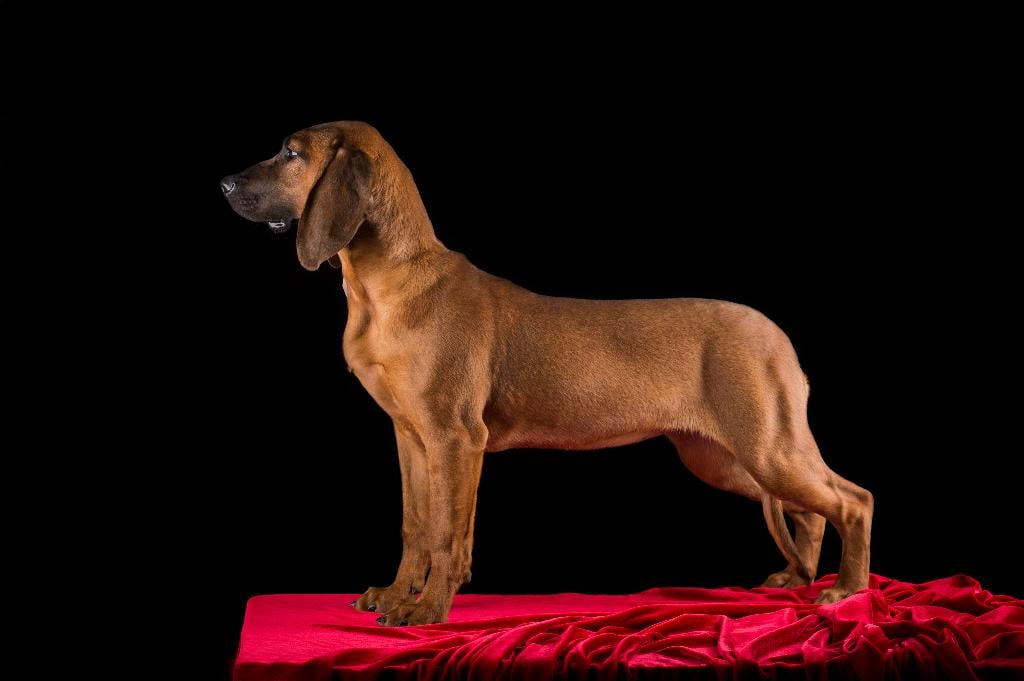
Hanover Hound Litter Annoucement | Hanover Hound Puppies for Sale | Hanover Hound Started Dogs | Hanover Hound Finished Dogs | Hanover Hound Stud Dogs
Description
Sometimes called Hanoverian Scent-hounds, Hanover Hounds are some of the best tracking and hunting dogs to ever paw the Earth. They are calm, razor-focused, and highly affectionate, making them great pets and impressive hunting dogs at the same time.
About and Brief History of the Hanover Hound
The origins of the Hanover Hound (or Hannoverscher Schweißhund in local dialect) can be traced to Germany where they were originally bred and trained in the 17th century as bloodhounds or schweisshund. In other words, they were established for the primary purpose of sniffing out wounded or bleeding animals by following their blood trail.
They're believed to come from direct breeding of large medieval bloodhounds called the Liam Hound which was already a crucial part of the German tribe clan rights as early as around the 500 A.D. The Liam Hound actually belongs to the Bracke breed family.
Fast-forward to when the hunting rifles were invented, and the role of the Liam hound changed a little as they were then required to trail (and sometimes retrieve) wounded game. That's how the Liam scent-hound was developed.
The bloodhound developed almost unchanged until the Hanoverian Hunting Estate in the Kingdom of Hannover decided to improve the breed while maintaining the tried-and-true training techniques. From here on, the Hannoversche Schweißhund (Hanover Hound) was born from breeding a handful of large Deutsche Schweißhunds. They were traditionally used to track wild goats, deer, stag, and other clover-hooved game animals.
Eventually, they spread to other parts of Germany thanks to their impressive game-tracking abilities. The Hanover Hound reached its peak in popularity in the early 1900s but the hunting breed almost disappeared soon after.
In the early 1980s, the breed landed in France where dog enthusiasts crossbred them with the Bavarian Hound. The result of the cross-breeding was the medium-sized scent-hound in the form of the majestic Bavarian Mountain Hound.
Although the dog breeds are no longer threatened by extinction, both the Bavarian Mountain Hound and Hanover Hound are still relatively rare. That's why it comes as no shock that they were first recognized by the American Kennel Club only recently in 2017.
Appearance
The Hanover Hound looks like a quintessential Bloodhound in almost every respect. They are medium- to large-sized pets that can grow up to 19-22 inches tall. These hunting dogs are pretty sizable, well-built, and can weigh up to 80 - 100 pounds.
Their coats come in varying shades of red, ranging from a pale strawberry hue to a dark reddish fawn that may appear black, especially when you look from far. The body is typically brindled with a near-black dark mask, plus an occasional small white patch on their chest.
Moving to the face, this dog breed has a typical hound dog-face, featuring deeply-set, dark brown eyes, and wide lips that tend to be droopy. Typically of most scent hounds, they sport a noticeably large black nose with wide-open nostrils, definitely great for sniffing out blood trails. Although rare, some do have dark brown noses.
The dog's ears are broad and hang loose, often close to the sides of the head. Talking of the head, it boasts a large, slightly rounded, and broad skull with an obvious stop and pretty robust jaws. The dog's head may appear wizened or shriveled thanks to the wrinkled forehead combined with the dewlap on its long neck.
Unlike most dog breeds, the Hanover Hound's skin is fairly loose on the body. It flaunts a slightly shiny coat with dense and short fur. The topcoat is normally coarser than the undercoat.
These historically hunting dogs generally have a rectangular build with a long back, strongly-muscled body, and deep chest. They also have a capacious pelvic, and powerful straight limbs. Their longer-than-average tails usually taper and get darker towards the tip.
Male Hanover Hounds stand slightly taller and weigh around 10 pounds more than the bitches of the same age.
Temperament and Demeanor
With above-par intelligence, a strong gait, and a keen sense of smell, the Hanover Hound is the ultimate tracking dog breed. It's often described as a "single-minded" canine because it's utterly devoted to the search until they spot the prey.
While they're fierce, alert, and hardworking as a hunting companion, they make for the perfect pets because of the gentle and loyal nature. These jolly, playful, and energetic dogs are a joy to be around.
Their levels of focus and attention are unrivaled, so they should be given the opportunity to use their prey-searching drive lest they become demoralized, frustrated, or restless.
As well as their hunting prowess, Hanover Hounds are generally a calm and quiet dog breed. These qualities make them an ideal pet option for someone who wants to avoid too much barking.
Health, Grooming, and Care
With its history as an ardent hunting dog, the Hanover Hound is a hardy dog breed that generally lives a happy and healthy life. However, there are a few health issues that owners should keep an eye on, including hip dysplasia, ear infections, ectropion, and entropion.
Hanoverian scent-hounds, which have a life expectancy of 10-14 years, are low-maintenance pets because of their short coat. They require weekly brushing, as well as regular trimming unless they walk on pavements, concrete, or other hard surfaces.
Since they were bred to be hunting dogs, Hanover hounds call for plenty of exercising, preferably 1 1/2 - 2 hours of daily exercise.
Colors
• Fawn
• Red
Hanover Hound's for Sale | |

